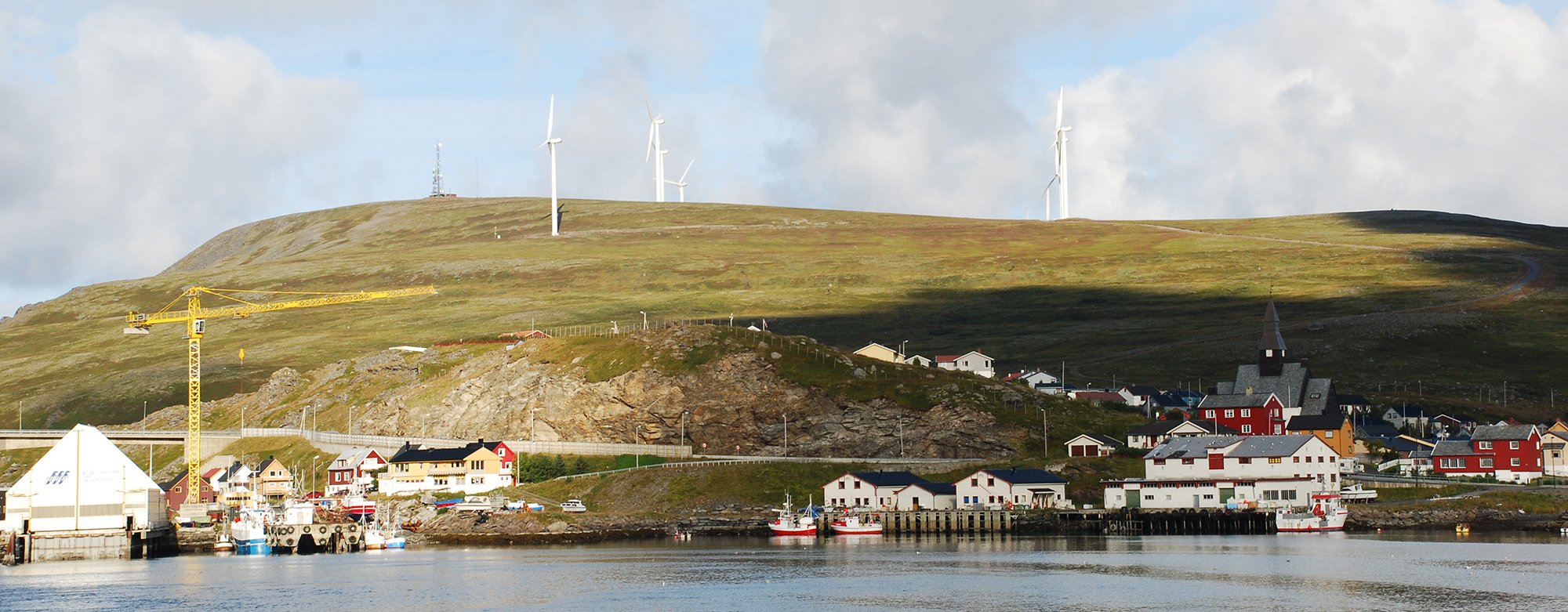About Coreplan

Photo: Elin Rose Myrvoll, NIKU
The coast is prized as a playground in which leisure as well as business activities can be enjoyed. During the Coreplan project we have examined how the authorities can manage our coastal zone while taking into account the value provided by our natural environment and safeguarding the various interests concerned.
The aim of this three-year project has been to gain new insights into how benefits obtained from nature can be better valued and incorporated in planning. We have studied solutions for a more integrated and sustainable management of coastal zone areas. In particular, we have examined the usefulness of including ecosystem services as a tool for coastal zone planning.
Benefits obtained from the natural environment: Ecosystem services
The term “ecosystem services” refers to the benefits human beings obtain from the natural environment, for example, the provisioning of food, regulation of climate, purification of water, and experiences in and enjoyment of nature. The purpose is to show that, as well as having an intrinsic value, nature contributes highly specific services that are of value to us.
The task of placing a value on these services, however, is subject to a number of ethical considerations. For example, is it appropriate to assign a value to nature-related experiences, cultural heritage or biodiversity? We also need to consider the fact that assessing the value of a number of ecosystem services can be difficult. Examples of these include ancient rock carvings, recreational areas and cultural landscapes. We have therefore evaluated how well suited this approach would be in coastal zone planning, and we have found that it is associated with several challenges and limitations.
How we worked
Social scientists, economists and biologists from the following partners have been cooperating on the Coreplan project: The Norwegian Institute of Food, Fisheries and Aquaculture Research (Nofima), the Norwegian Institute for Cultural Heritage Research (NIKU), the Norwegian College of Fishery Science and the Centre for Sami Studies at the Arctic University of Norway (UiT), and the University of Ottawa, Canada.
As part of the Coreplan project we have conducted a review of how Norwegian authorities are working to introduce an ecosystem services approach to the governance of the coastal zone. We have examined relevant laws, regulations and guidelines and investigated various initiatives for carrying out mappings of ecosystem services in Norway, and we have discussed how this can play a part in the municipal coastal zone planning processes. Our review shows that the use of an ecosystem service approach is not yet an integral part of Norwegian spatial planning, nor have such an approach been adopted by the municipalities in their efforts to develop coastal zone plans, even though many of the principles contained therein seem to be a good fit for the Norwegian planning system. This applies particularly to the participation of all stakeholders and the emphasis of different types of interests and knowledge. The main challenge seems to be associated with gaining access to the necessary data or expertise, and the need for a usable tool or method for visualising these ecosystem services and integrating them into the considerations to be made as part of the planning process.
Although the term is not actively used in these planning processes, we see that many are concerned with the values in the coastal areas. We examined how the terminology used by the local communities and organizations fit in with the concept of ecosystem services. We assessed various ecosystem service frameworks, such as the Millennium Ecosystem Assessment, TEEB, CICES and IPBES, for evaluating ecosystem services in the areas we researched. Based on the former, we specifically identified and categorized the ecosystem services in Troms through the analysis of consultative statements to the coastal zone plan for central and southern Troms. We categorized the hearings based on whether they were locally, regionally or nationally rooted. It turned out that the hearings from the three levels each had a different focus. The local communities in particular were very concerned with cultural and supporting services.
We have developed scenarios that can be used to illustrate how the planning processes can evolve in the future.
The insights gained from other work areas were used to outline different coastal planning scenarios in which ecosystem services are taken into consideration. We developed these scenarios in workshops with relevant stakeholders. Our goal was to find key drivers for how knowledge about ecosystem services can be used in planning and decision-making processes.
Not all interests related to the coastal zone included in the term ecosystem services, for example results of human activity such as (the protection of) buildings and structures. We may also identify services that belong to several of the categories of ecosystem services. Thus, our recommendation is that the authorities clarify the instructions for planners on how to implement the ecosystem service perspective, and how to safeguard any interests falling outside the scope of that perspective.
The project was funded by the Research Council of Norway.

